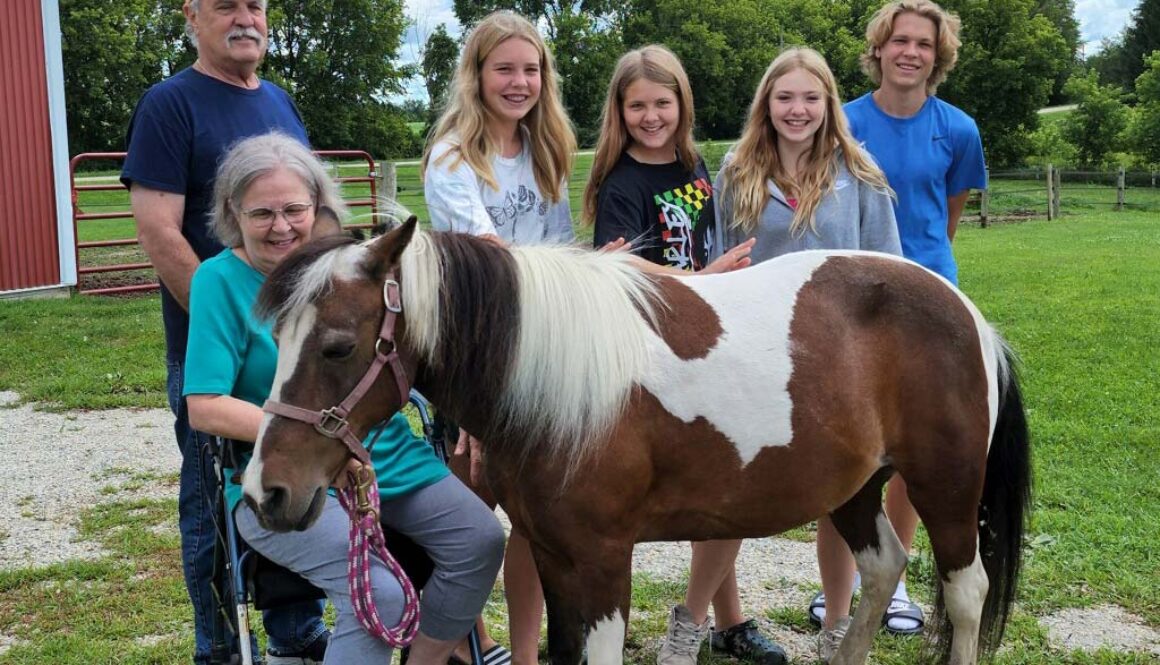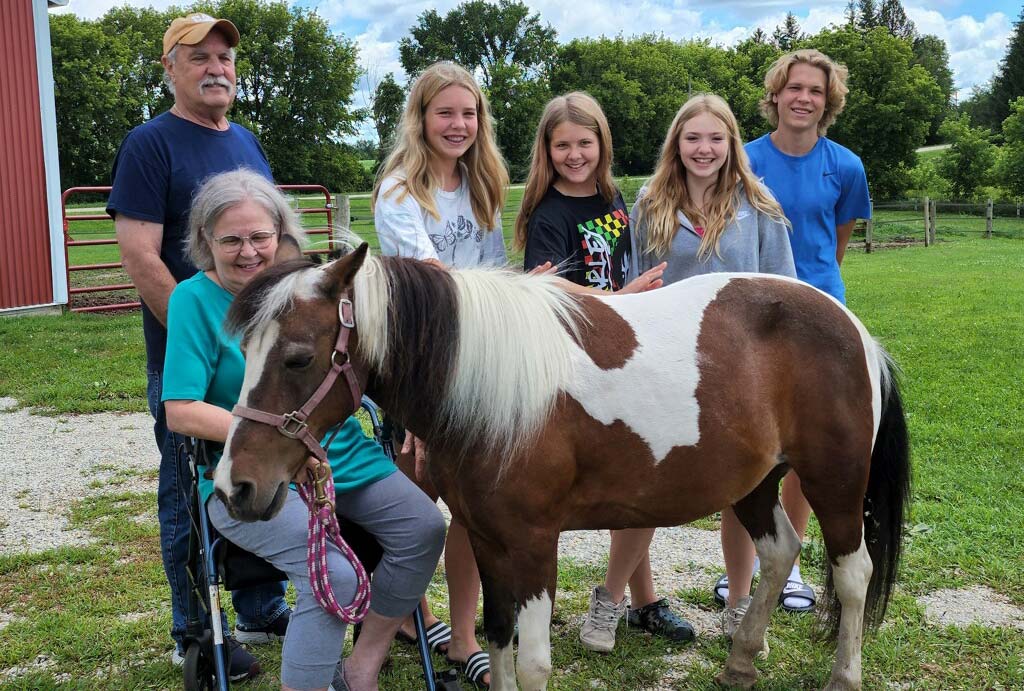Join Our Barn Staff Team at HOPE Ranch! 🐾
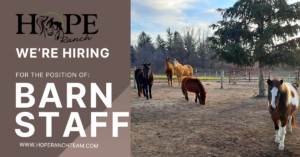 Passionate about animals? Seeking a dynamic work environment where you can make a difference? Look no further!
Passionate about animals? Seeking a dynamic work environment where you can make a difference? Look no further!
At HOPE Ranch, we’re not just an organization; we’re a family dedicated to providing exceptional care for our animals. Here’s what some of our past employees have to say:
🌟 “Everybody here is so nice and easygoing.”
🌟 “I enjoy spending time around the horses, each with their own personalities.”
🌟 “I like that no 2 days are the same. It’s a ‘non-traditional’ office setting.”
As part of our Barn Staff, you’ll play a crucial role in the daily care of our facilities and animals. Responsibilities include feeding, cleaning, grooming, and more.
Snapshot of Responsibilities:
- Morning and evening chores, with flexible shifts.
- Maintenance, cleaning, and grooming tasks.
- Opportunity for additional training.
Required Skills:
- Autonomy and independence.
- Passion for working with animals.
- Time management and willingness to handle various tasks.
Physical Requirements:
- Ability to work in all weather conditions.
- Must be able to handle physical activity and lift up to 40 pounds.
Compensation: Competitive pay based on experience.
Interested in joining our team? Contact Michelle at secretary@hoperanchteam.com or call 507-421-6036 to learn more.
HOPE Ranch is an Equal Opportunity Employer.
Employment Type: Part-Time/Non-exempt, hourly.
Location: Onsite at HOPE Ranch.
Reports to: Kit Muellner, CEO.
Make a difference in the lives of animals and our community – join HOPE Ranch today!
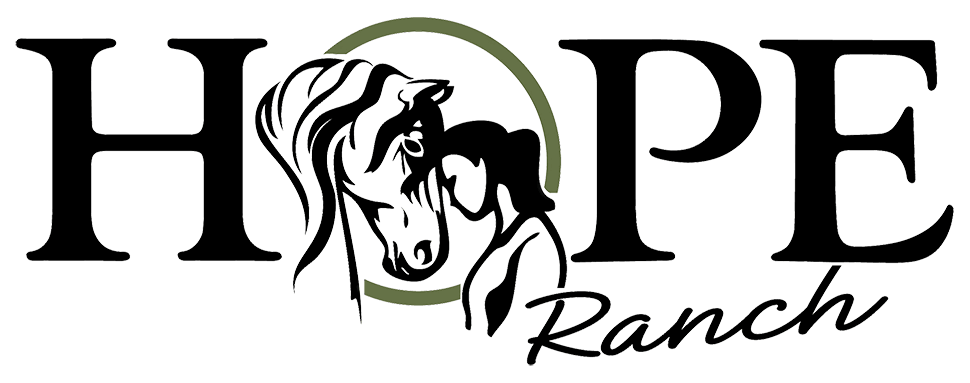
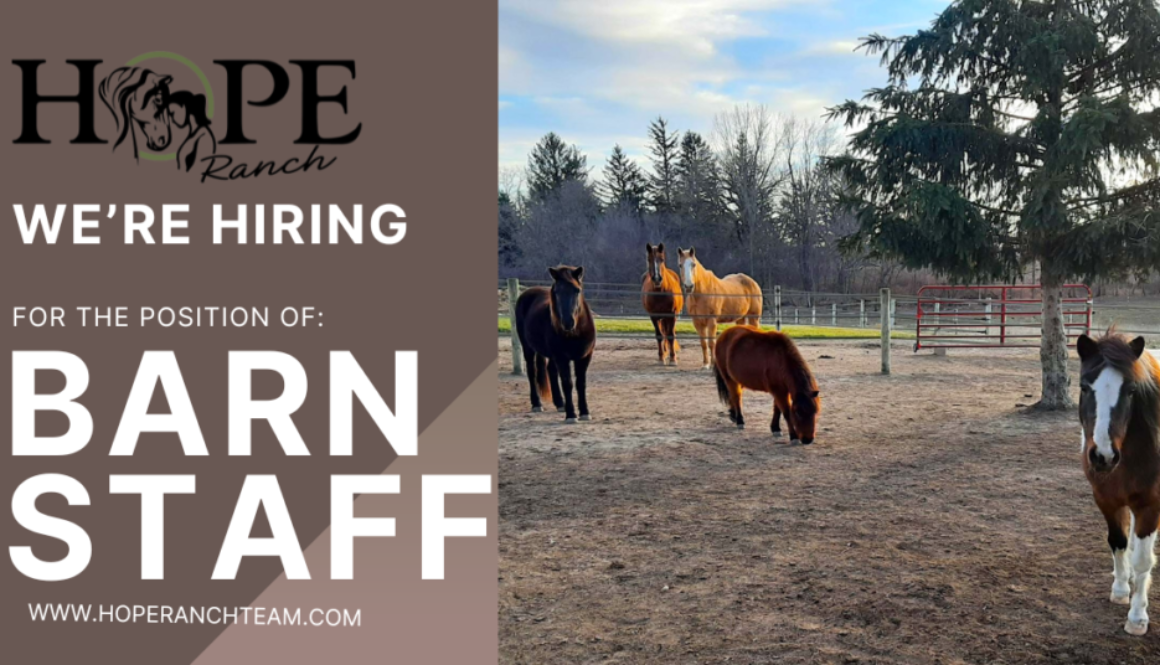
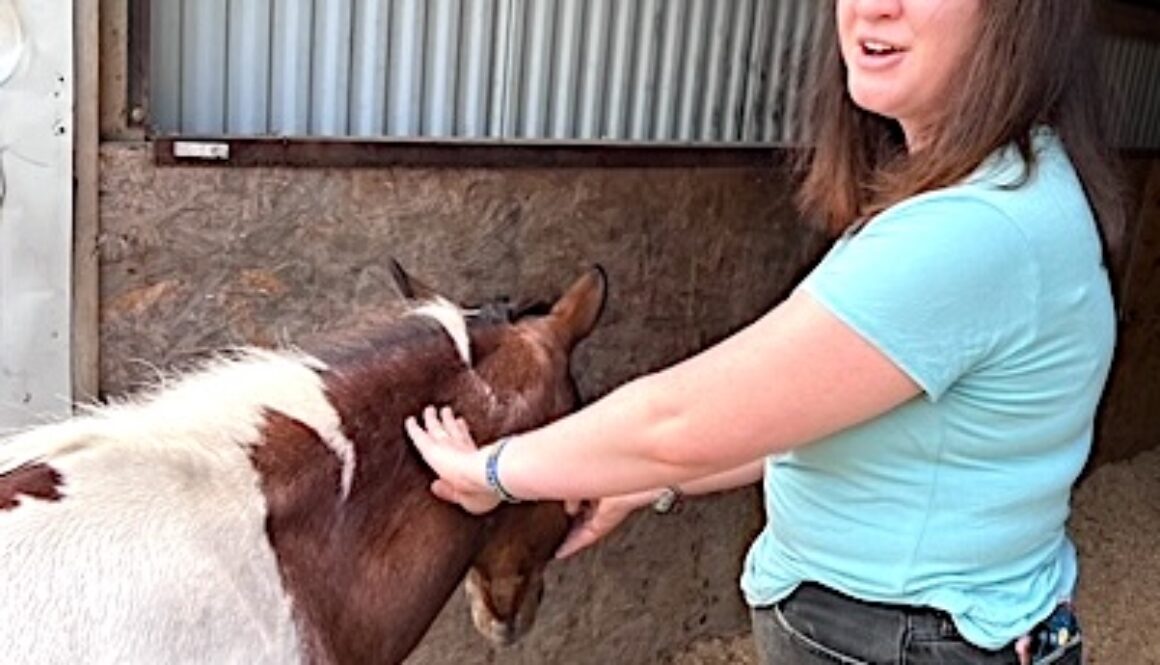
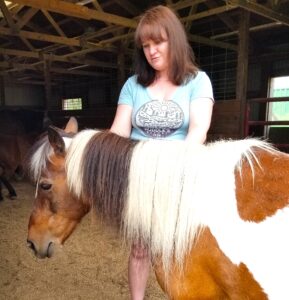 Thank you for your generous support of the H.O.P.E. Ranch Foundation.
Thank you for your generous support of the H.O.P.E. Ranch Foundation.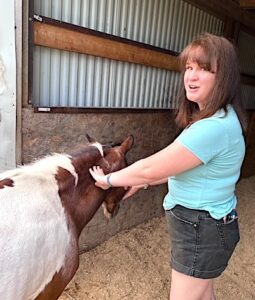
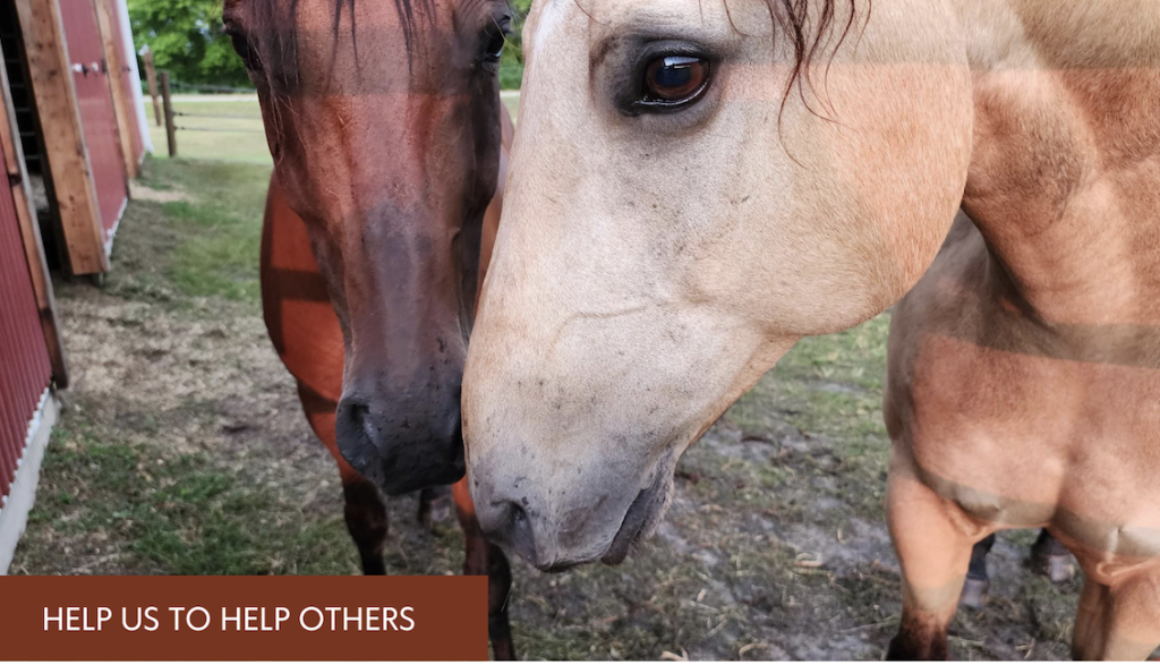
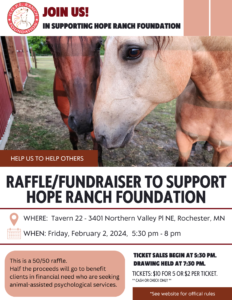

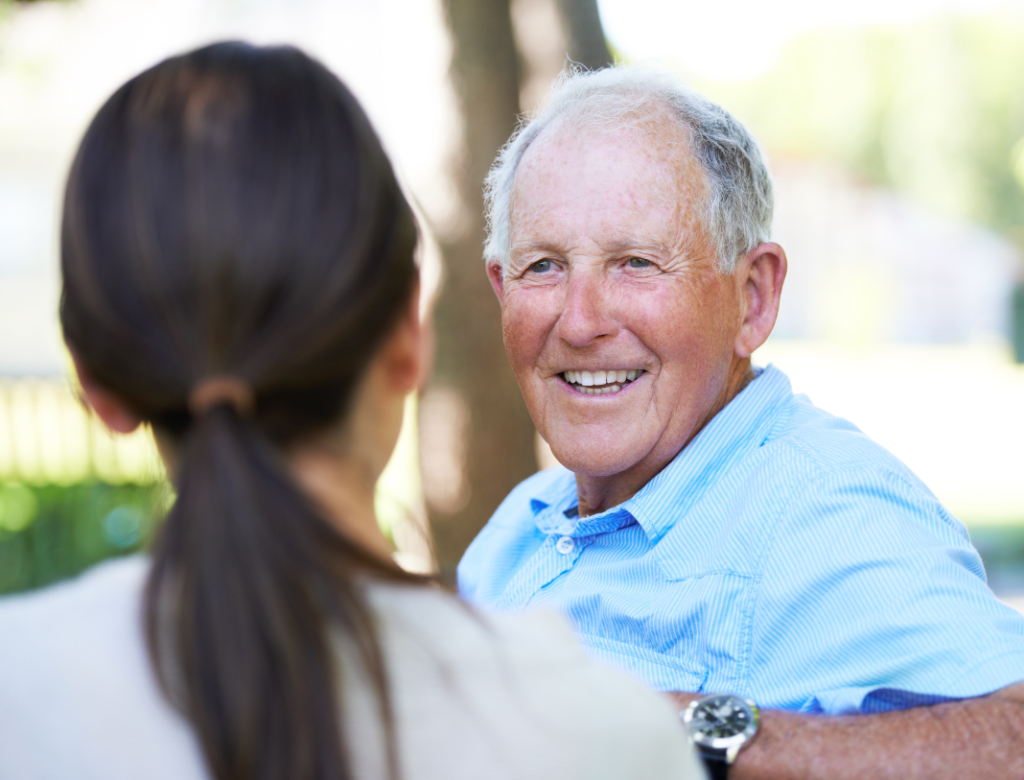 Lifting someone’s spirits over the holidays involves spreading joy, warmth, and support. Here are some thoughtful and effective ways to do that:
Lifting someone’s spirits over the holidays involves spreading joy, warmth, and support. Here are some thoughtful and effective ways to do that: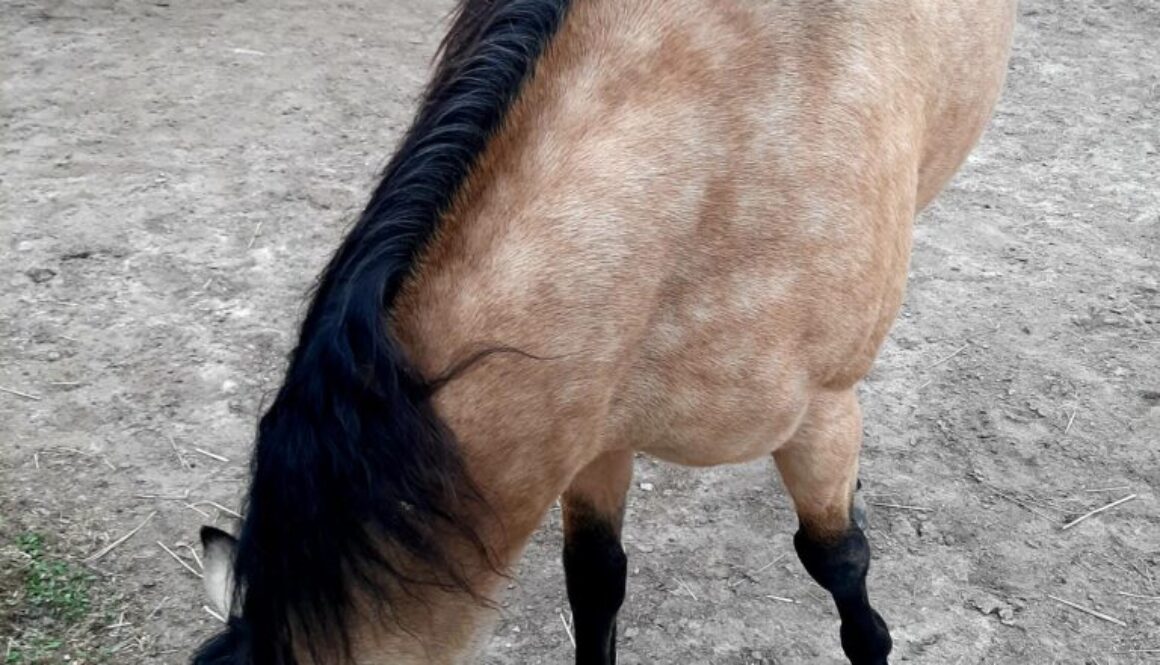
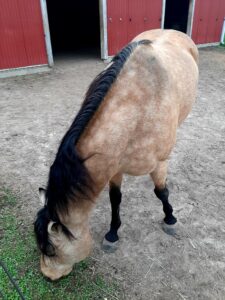

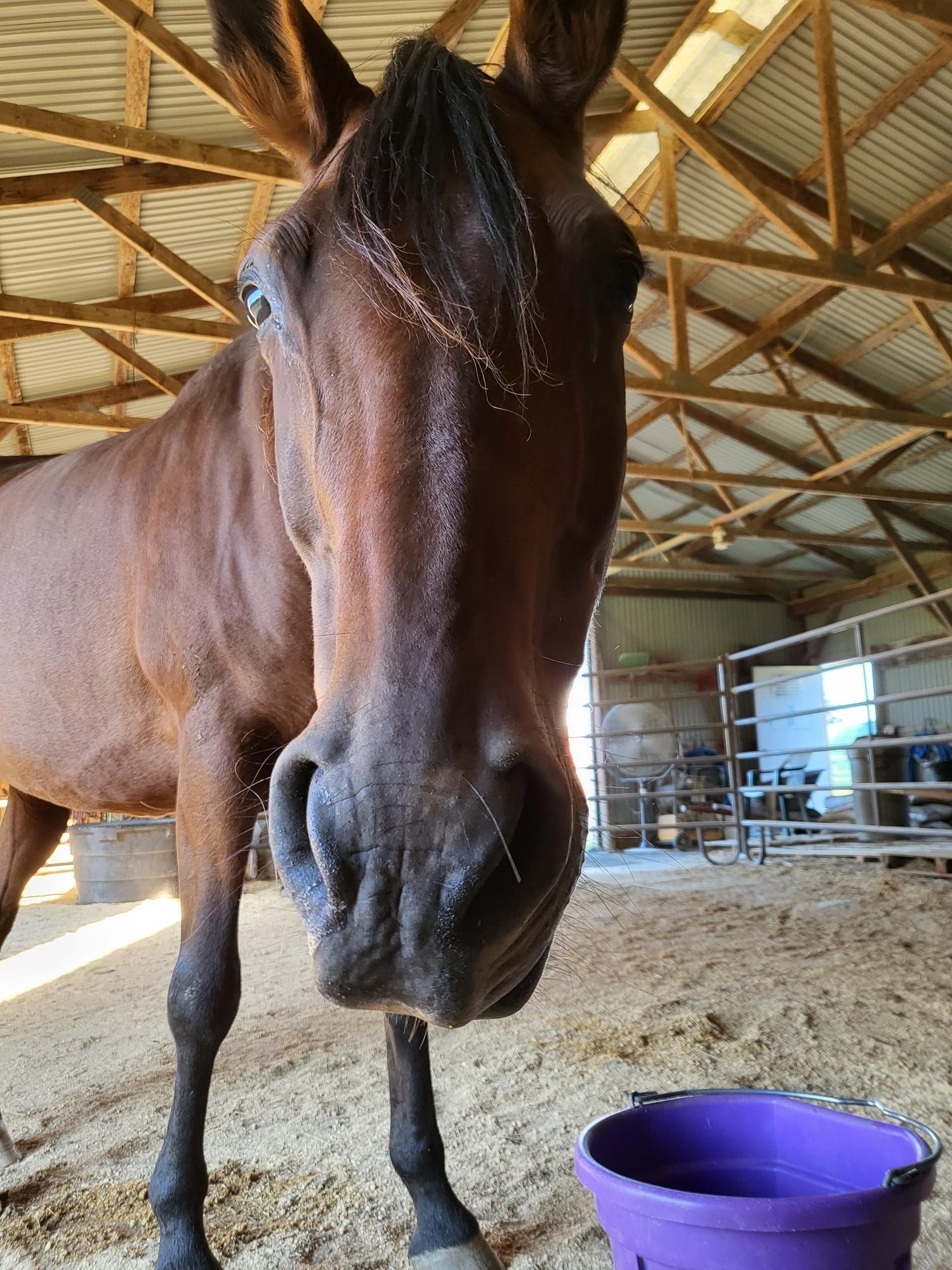 We welcome the sound of new hoofbeats at HOPE Ranch. Joining our therapeutic team is Tia. She brings not only grace and beauty but also hope.
We welcome the sound of new hoofbeats at HOPE Ranch. Joining our therapeutic team is Tia. She brings not only grace and beauty but also hope.
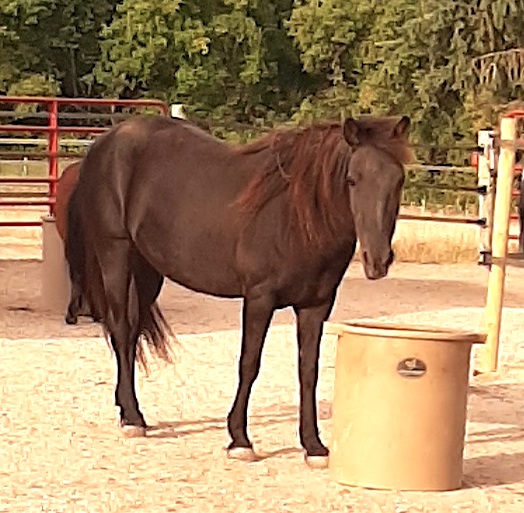 At HOPE Ranch, the sound of hoofbeats heralds the arrival of newfound companions on a remarkable journey. These majestic beauties join our therapeutic team, bringing not only their physical presence but also a profound sense of hope. Here at HOPE Ranch, these equine partners play a pivotal role in helping patients navigate the path to healing, offering solace, connection, and the promise of a brighter tomorrow.
At HOPE Ranch, the sound of hoofbeats heralds the arrival of newfound companions on a remarkable journey. These majestic beauties join our therapeutic team, bringing not only their physical presence but also a profound sense of hope. Here at HOPE Ranch, these equine partners play a pivotal role in helping patients navigate the path to healing, offering solace, connection, and the promise of a brighter tomorrow.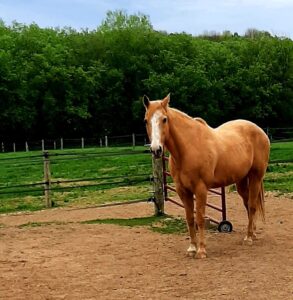 We are saddened to report that our beautiful Misty has passed away. Misty was 23 years old. She was a beautiful shiny copper quarter horse mare.
We are saddened to report that our beautiful Misty has passed away. Misty was 23 years old. She was a beautiful shiny copper quarter horse mare. 